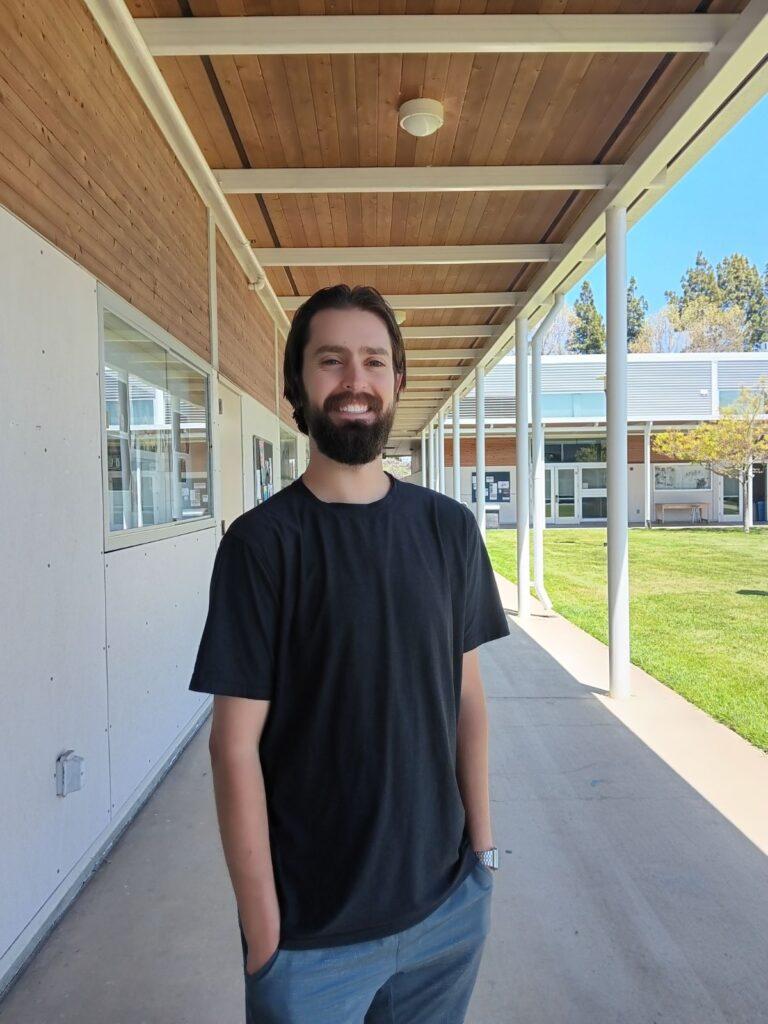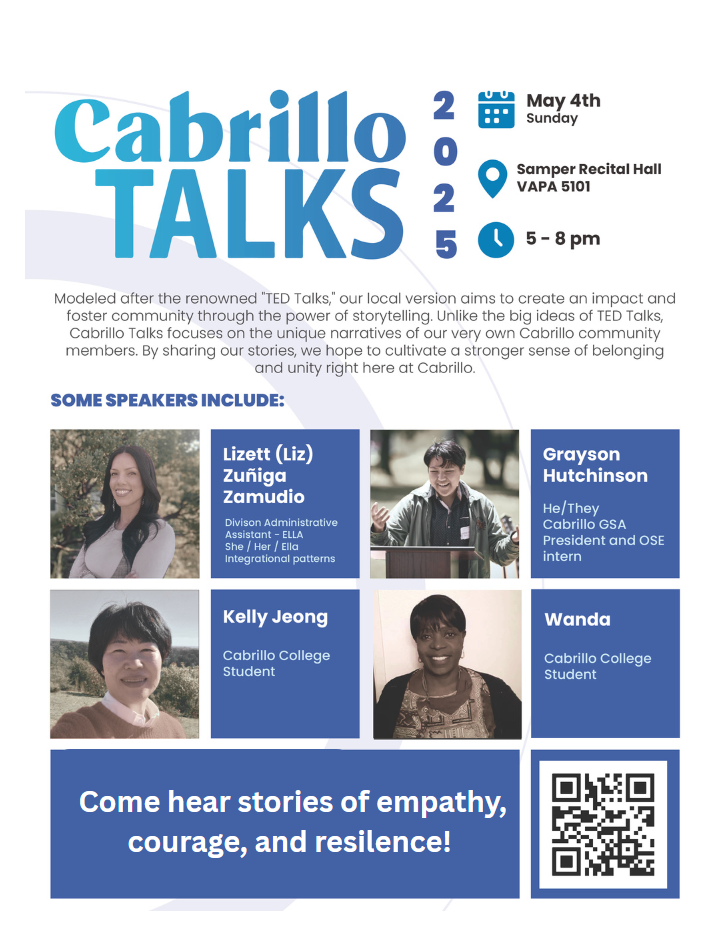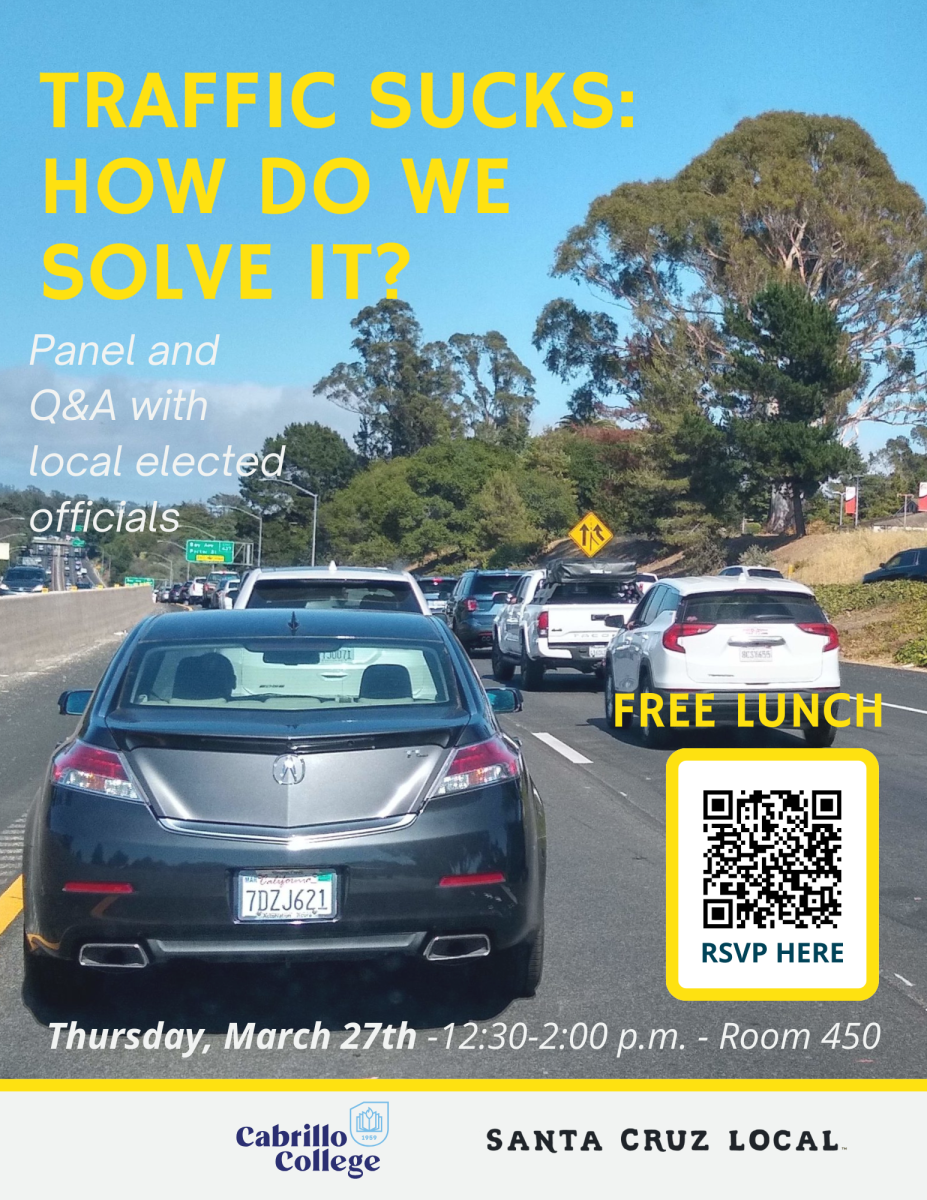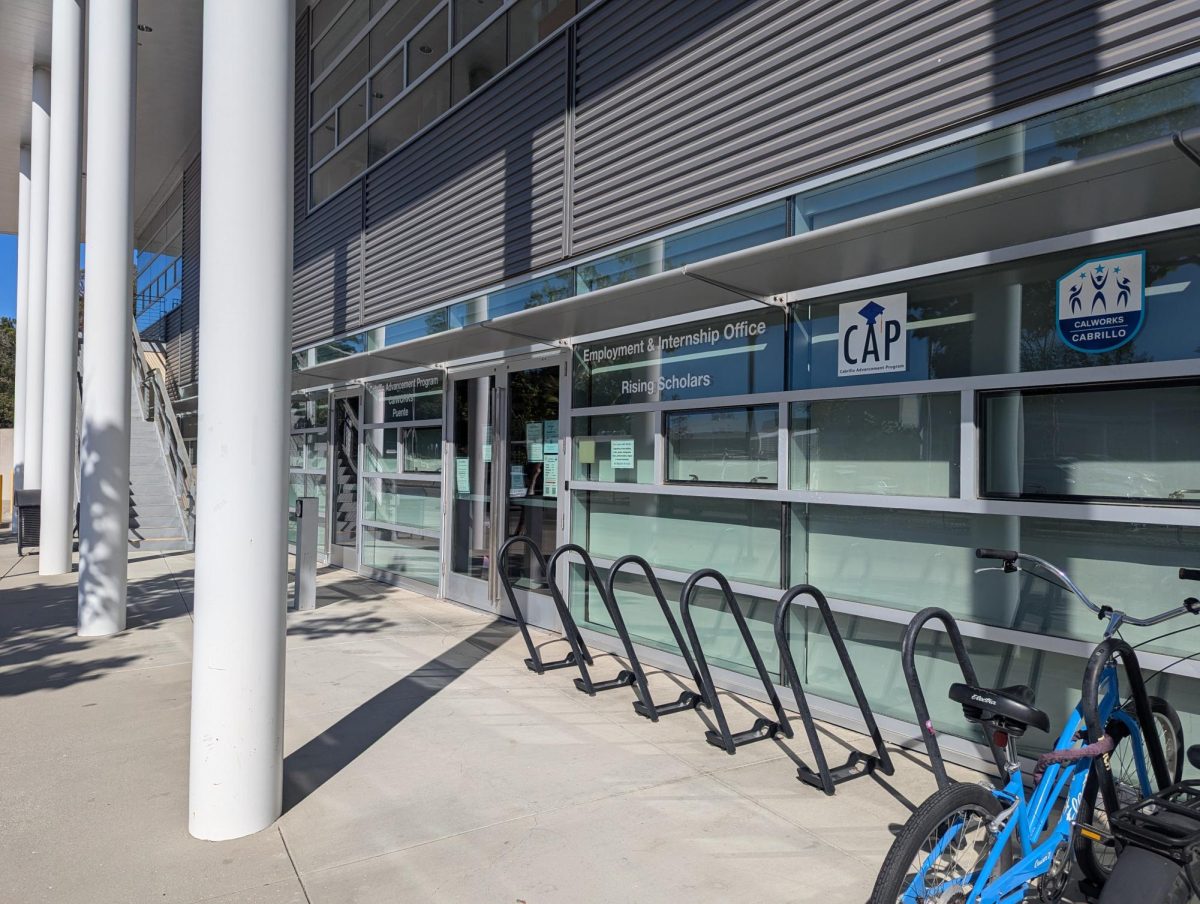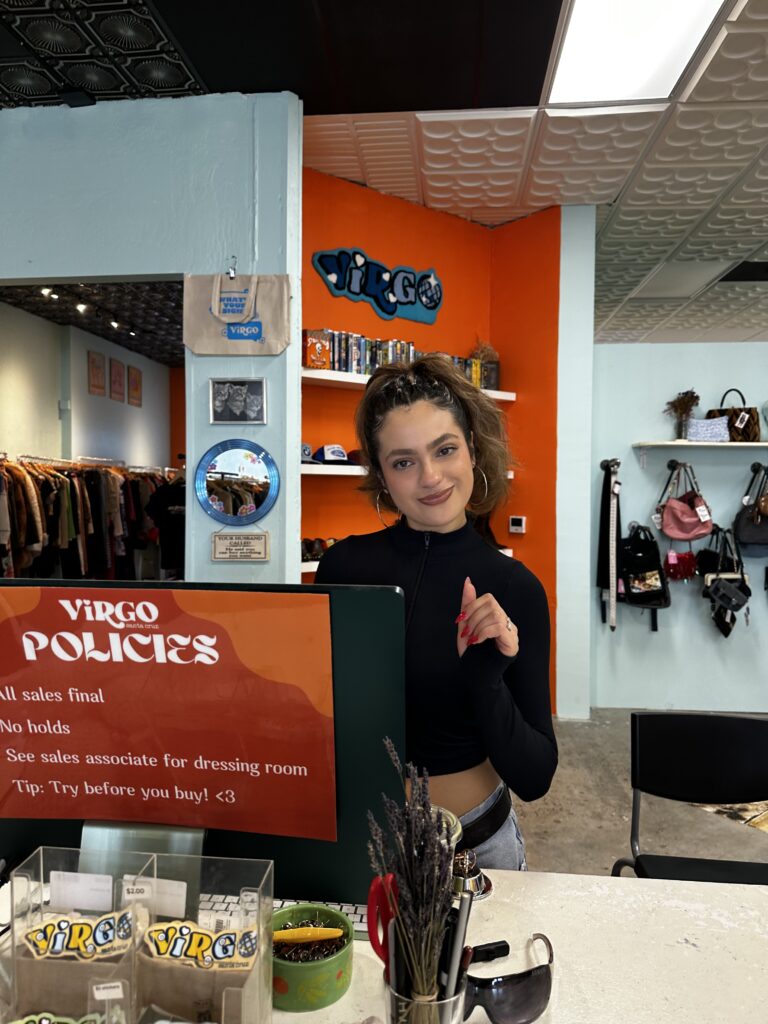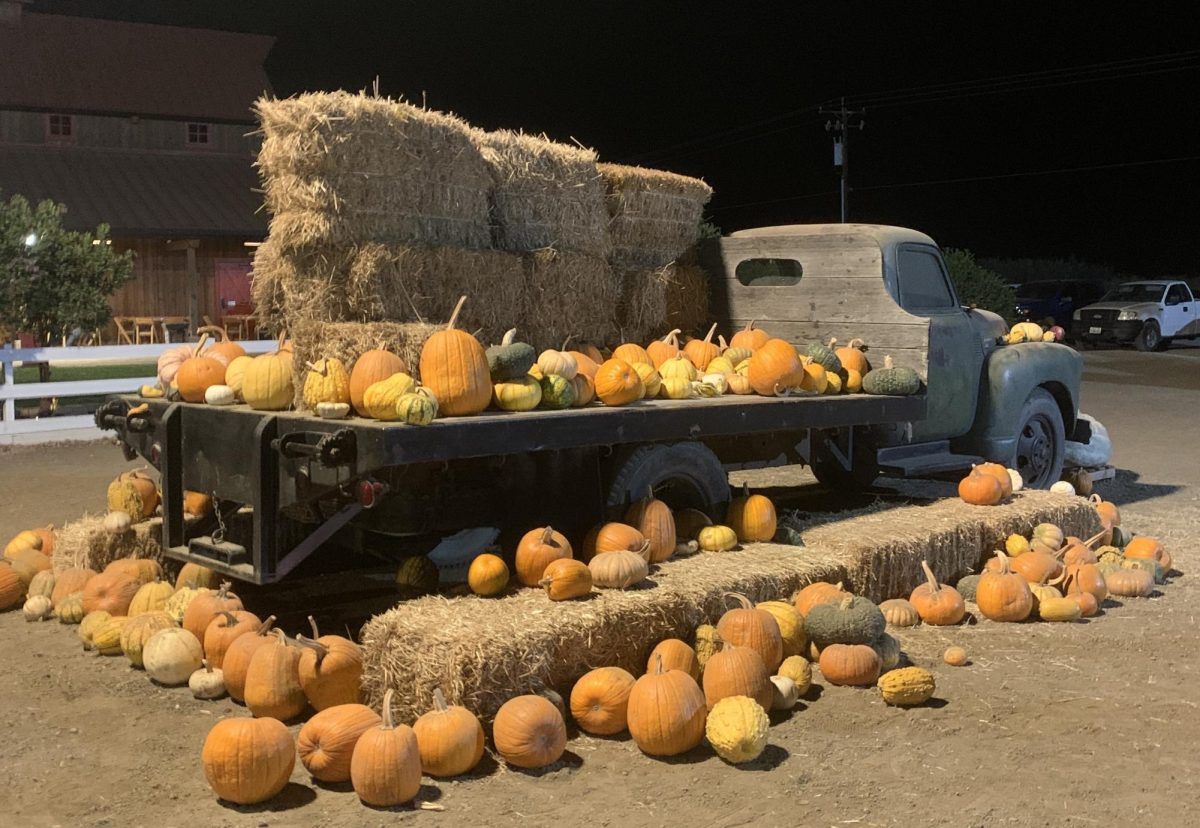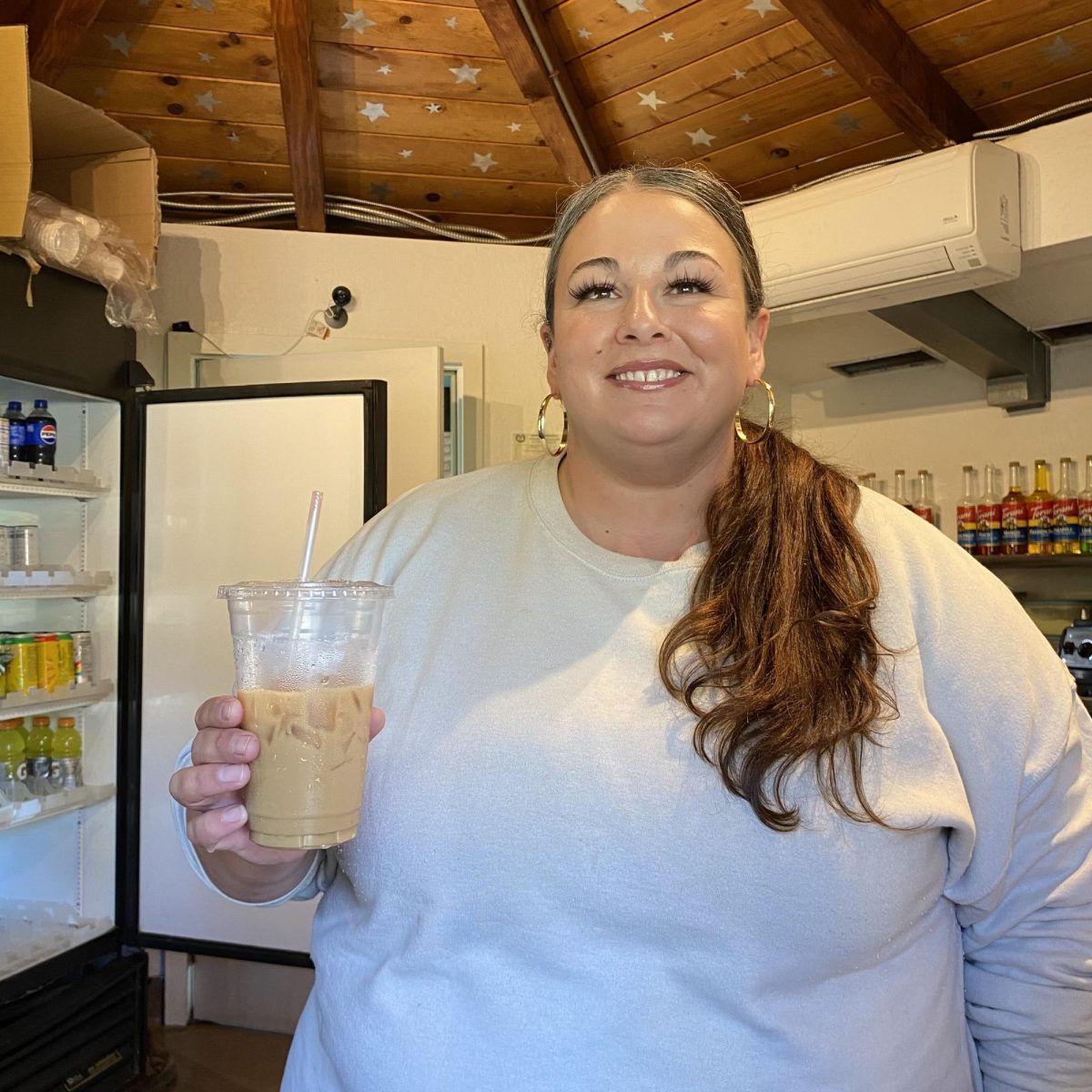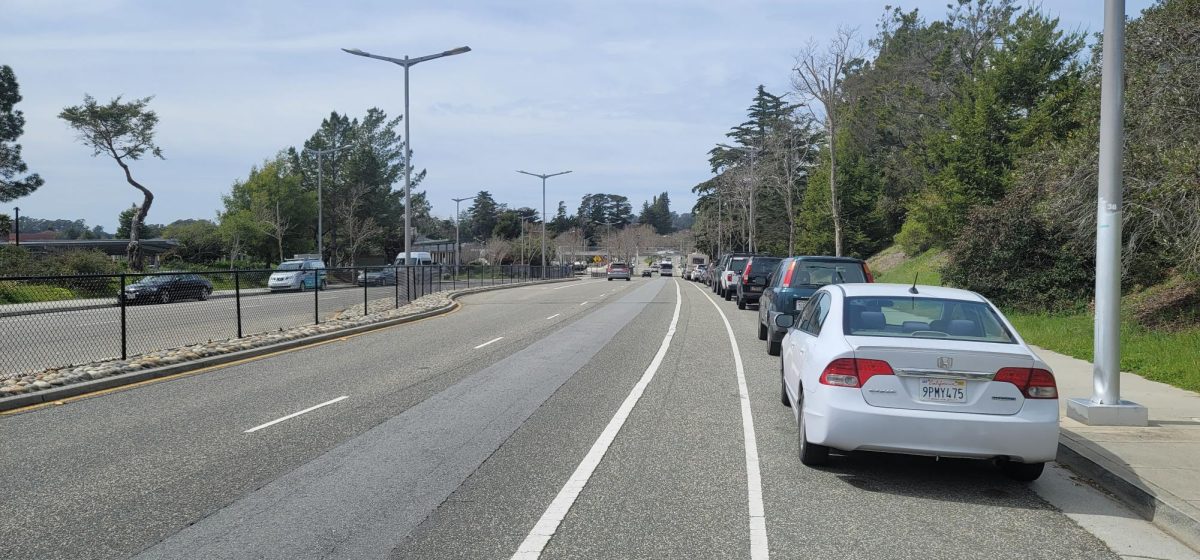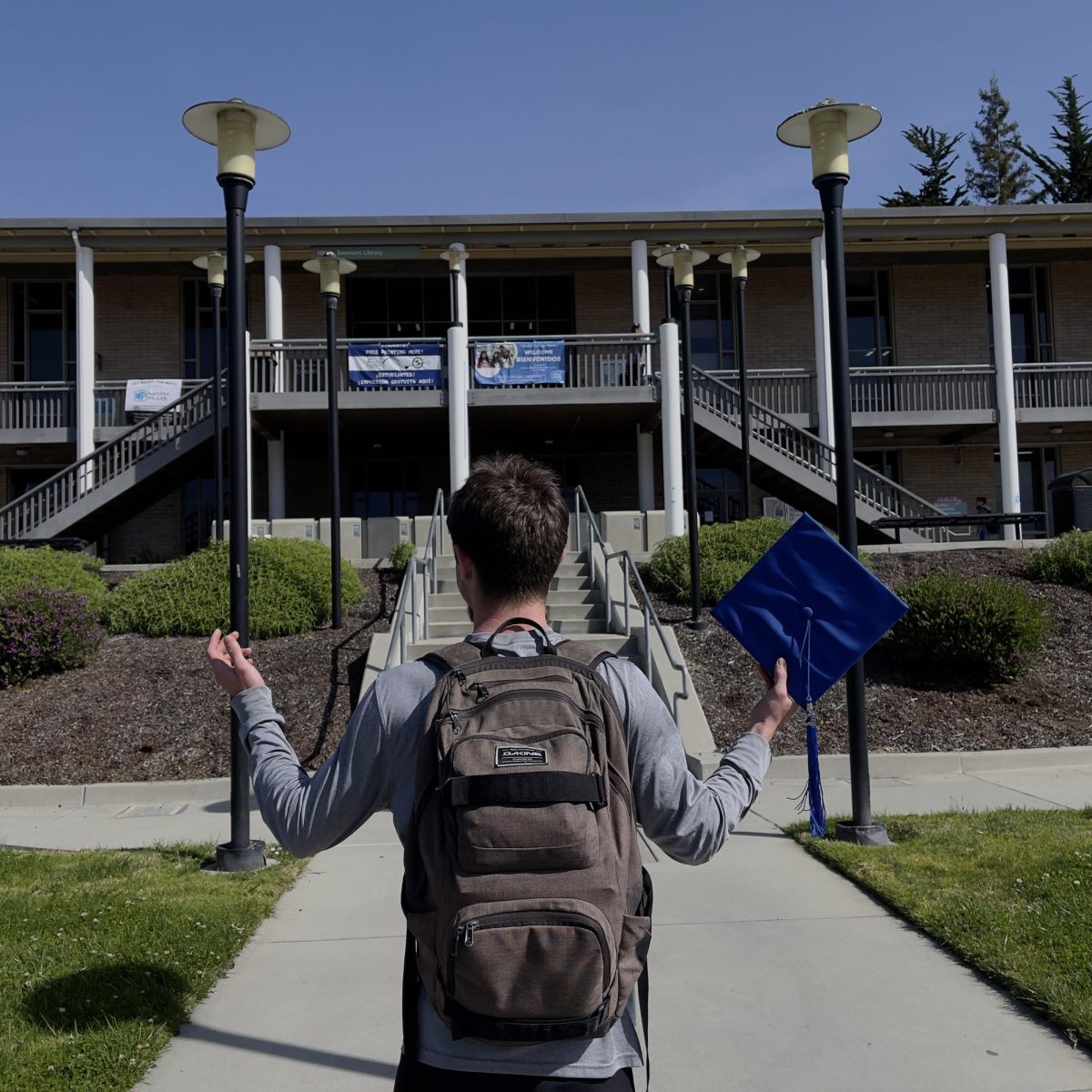Cabrillo offers a wide variety of non-credit courses, supplying students with everything from portrait photography to writing workshops to teaching students of all ages how to navigate a computer for the first time.
Even children still balancing the ups and downs of elementary and middle school are turning to Cabrillo’s non-credit classes to learn how to sing, act and throw paint on a theatrical set, said Alma Márquez, student services specialist.
The largest group of non-credit students, Márquez said, is high school students. Through dual-enrollment, high school students are routinely taking Cabrillo’s more fundamental courses such as English, Spanish and American Sign Language, or ASL.
“Those are the general education classes you’re going to need if you want to transfer and get an associate’s degree,” Márquez said. By choosing a non-credit course, younger students are able to undergo a first-time trial run before having to face the pressure of a traditional full credit course load.
But high school students aren’t the only ones seeking out such classes. Coming from Mexico, Márquez said that she and many other older adults, whom she refers to as “adult learners”, are pursuing Cabrillo’s ESL classes.
Márquez said that before going to Cabrillo, she first had to attend adult school for three years to gain her GED. Under Assembly Bill 540, a law established in 2001 that lets undocumented students pay in-state tuition at any public college or university in California, she was able to begin taking ESL at Cabrillo and eventually get hired for a job. After getting her associates degree and being hired at Cabrillo 18 years ago, Márquez beams and says that she loves her job.
Andy Fague, 48, an English instructor at Cabrillo for 10 years, is of a similar mind when it comes to loving what he does.
“I love it,” he says, breaking into a huge smile. “I’d be going crazy if I wasn’t teaching.”

He has taught at colleges up and down the west coast for 20 years, including Portland Community College, UCSC, Golden West, and Cypress before landing at Cabrillo. At Cabrillo, he teaches English 2 and Native American Literature and History. Students have told him the literature class was “the best class [I’ve] ever taken.”
He also teaches English 300, an academic writing workshop that acts as an extension of the English 2 class for extra support. Fague said these classes teach students a variety of literary tools, primarily in paper-writing, including “citing sources, paraphrasing, how to use a comma, how to choose a topic, and developing ideas.”
“All of it’s related to specific stuff in English 2,” Fague said. “For example, today we looked at poems and the way the devices used are connected to the papers they’re writing.”
Teaching these tools lights up Fague, and it isn’t just the material that encourages him. “Every term a group of motivated students comes in ready to learn,” Fague said. “People come here to improve themselves and learn, try something new.”
Most students in English 300 are first generation college students coming from the English 1A and English 2 classes, Fague said, who are searching for a way to strengthen their writing and meet more people.
“It’s the same students spending the whole year together, and gaining more support from counselors at the same time, as well as getting in the building community aspect,” Fague said.
Fague and other faculty aren’t the only ones eager to be on campus for both the classes and community; students such as 26-year-old Dante Calcagno are happy to be around such intelligent and helpful teachers, especially seeing as they’re supporting his dream.
After earning his bachelor’s degree in business administration in 2020 from Saint Mary’s College in Moraga, Calcagno came to Cabrillo’s portrait photography class to kickstart his hope of being a professional photographer.
“I’ve been an amateur enthusiast photographer for eight years now,” he said. “I’ve always loved photography, but now I’m working on how to make a business out of something creative.
“I’ve done portraits in the past,” he said, “but I never had training, especially when there’s artificial light, and now I’m learning how to use light to build sets.”
He said the class is “very low key” and “not super structured,” and he’s been learning how to “set up, implement and play around with lights,” while making mistakes and trying different styles to “see what works.”
Calcagno said the teacher, Sandra Frank, is incredible. “Without her, the same class could have a very different feeling to it.
“I recommend this class for anybody who’s interested in photography, even if it’s not portrait,” he said. “You get to manipulate light, learn about options to control light, and just gain knowledge and insight.”
To get his work more out in the open, Calcagno has been working to become eligible for a grant offered by the Western Collective, a non-profit in Monterey County which teaches and exhibits photography. His goal is to submit a portfolio in the collective’s competition, and from there, make himself “quietly available.”
Along with the portrait photography class, Calcagno is exclusively taking non-credit courses, in new small-business, creative careers, and special studies.
“I’m here to learn and experience connections rather than gaining degrees,” he says. “I want to build up a business and a brand.”

